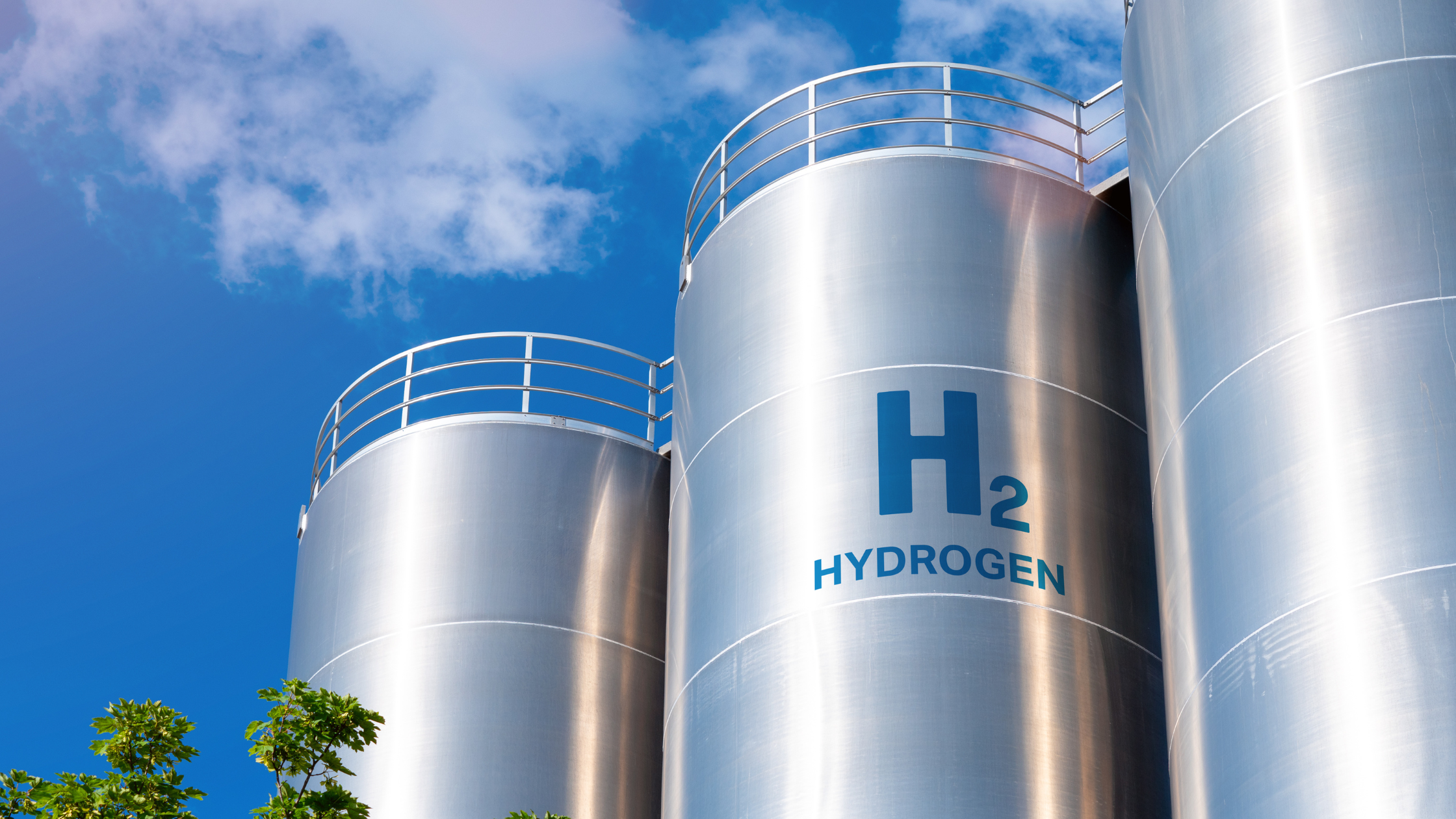The incentive programs in the Inflation Reduction Act and the Bipartisan Infrastructure Law continue to draw multinational companies intent on carving out a slice of the developing market for hydrogen in the U.S.
Earlier this month, the Danish company Topsoe announced that it would build a $400 million new electrolyzer factory in Chesterfield, Va., taking advantage of $136 million in tax credits and establishing a presence that would enable its technology to comply with laws requiring renewable energy projects use equipment “Made in America”.
Topsoe isn’t the only company that is looking to build or expand its manufacturing presence in the U.S.
Linde, Dublin-based, German gas technology manufacturer has been expanding its U.S. footprint since 2021, while the UK-based ITM Power and Norwegian manufacturer Nel Hydrogen, have both cited American incentive programs for their own announced expansions into the U.S. market.
In the United States, there are several key incentives designed to support electrolyzer manufacturers and hydrogen production. These include:
- Clean Hydrogen Production Tax Credit: As part of the Inflation Reduction Act of 2022, this incentive offers a new 10-year tax credit for clean hydrogen production, with up to $3.00 per kilogram based on the carbon intensity of the hydrogen production method. This credit can also combine with a 30% investment tax credit under Section 48 for those who choose not to take the per-kilogram credit.
- Advanced Energy Project Credit: This extends a 30% investment tax credit for manufacturing projects that include fuel cell electric vehicles, hydrogen infrastructure, and electrolyzers among other products. It aims to support facilities that reduce greenhouse gas emissions by at least 20%.
- Alternative Fuel Refueling Property Credit: Extended through the Inflation Reduction Act, this credit now includes up to $100,000 per site for the cost of installing alternative fuel refueling property, which can include hydrogen refueling stations.
- Bipartisan Infrastructure Law Initiatives: $750 million in funding has been allocated to 52 projects across 24 states to reduce the cost of clean hydrogen via electrolysis and improve manufacturing and recycling capabilities for clean hydrogen systems. This funding aims to reinforce U.S. leadership in the hydrogen sector and generate significant employment opportunities.
These incentives collectively support the growth of hydrogen production infrastructure and technological development, playing a crucial role in advancing the U.S.’s clean energy agenda. They are designed not only to reduce costs and promote technological innovation but also to support the broader deployment of clean hydrogen solutions in various sectors including transportation and industry.
However, the political winds favoring the hydrogen industry may be shifting. The U.S. Environmental Protection Agency, which recently drafted landmark regulations to curb emissions from power plants, may drop green hydrogen from the requirements in an effort to avoid legal challenges.
The move comes amid concerns that the industry may not develop quickly enough to be a meaningful tool to decarbonize the power sector by the Biden Administration’s 2035 target.
To learn how Emerald Strategy Partners helps companies navigate the energy transition reach out to us here.

